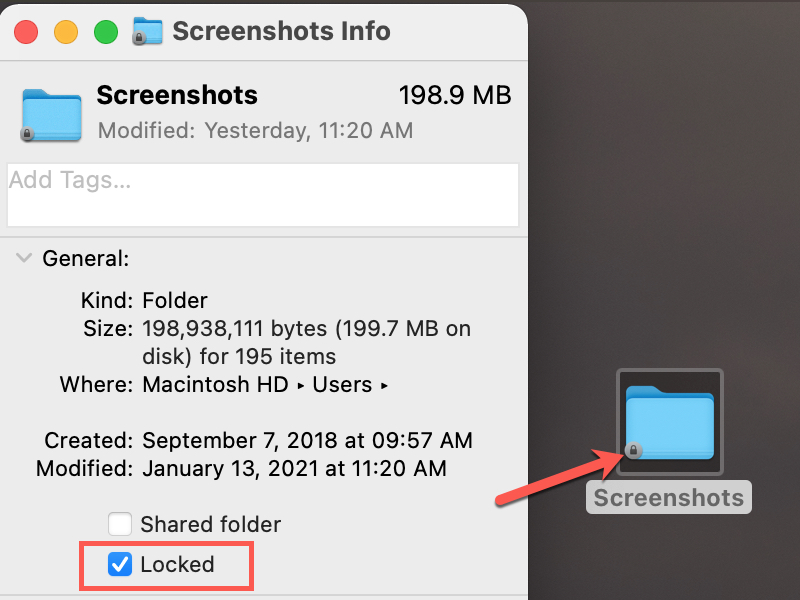
Making changes to graphic objects - including shapes, text boxes, and controls - unless you unlock the objects before you protect the chart sheet.

The chart continues to reflect changes made to its source data. Making changes to items that are part of the chart, such as data series, axes, and legends. Users can change the values in the changing cells, if the cells are not protected, and add new scenarios. Viewing scenarios that you have hidden, making changes to scenarios that you have prevented changes to, and deleting these scenarios. The chart continues to be updated when you change its source data. Making any changes, such as formatting, to an embedded chart. For example, if a worksheet has a button that runs a macro, you can click the button to run the macro, but you cannot delete the button. Making changes to graphic objects including maps, embedded charts, shapes, text boxes, and controls that you did not unlock before you protected the worksheet. Users cannot apply or remove AutoFilters on a protected worksheet, regardless of this setting.įormatting, changing the layout, refreshing, or otherwise modifying PivotTable reports, or creating new reports. Using the drop-down arrows to change the filter on ranges when AutoFilters are applied. Users can't sort ranges that contain locked cells on a protected worksheet, regardless of this setting. Using any commands to sort data ( Data tab, Sort & Filter group). If Delete rows is protected and Insert rows is not also protected, a user can insert rows that he or she cannot delete. If Delete columns is protected and Insert columns is not also protected, a user can insert columns that he or she cannot delete. Inserting new hyperlinks, even in unlocked cells. Using any of the row formatting commands, including changing row height or hiding rows ( Home tab, Cells group, Format button). Using any of the column formatting commands, including changing column width or hiding columns ( Home tab, Cells group, Format button). If you applied conditional formats before you protected the worksheet, the formatting continues to change when a user enters a value that satisfies a different condition. By default, users can select unlocked cells, and they can press the TAB key to move between the unlocked cells on a protected worksheet.Ĭhanging any of the options in the Format Cells or Conditional Formatting dialog boxes. Moving the pointer to cells for which the Locked check box is cleared on the Protection tab of the Format Cells dialog box. By default, users are allowed to select locked cells. Moving the pointer to cells for which the Locked check box is selected on the Protection tab of the Format Cells dialog box. More information about worksheet elements In the Allow all users of this worksheet to list, choose the elements that you want users to be able to change. This time, on the Protection tab, check the Locked box and then click OK. On the worksheet, select just the cells that you want to lock.īring up the Format Cells popup window again (Ctrl+Shift+F). Now, you can choose the cells you specifically want to lock. This unlocks all the cells on the worksheet when you protect the worksheet. In the Format Cells popup, in the Protection tab, uncheck the Locked box and then click OK. You can also press Ctrl+Shift+F or Ctrl+1. On the Home tab, click the Format Cell Font popup launcher. Select the whole worksheet by clicking the Select All button.
LOCKED FOR EDITING MAC PASSWORD
If prompted, enter the password to unprotect the worksheet.

On the Review tab, click Unprotect Sheet (in the Changes group).Ĭlick the Protect Sheet button to Unprotect Sheet when a worksheet is protected. If the worksheet is protected, do the following:

Lock only specific cells and ranges in a protected worksheet

You can lock only specific cells and ranges before you protect the worksheet and, optionally, enable specific users to edit only in specific ranges of a protected sheet. To enable some cell editing, while leaving other cells locked, it's possible to unlock all the cells. Lessīy default, protecting a worksheet locks all cells so none of them are editable. Excel for Microsoft 365 Excel 2021 Excel 2019 Excel 2016 Excel 2013 Excel 2010 Excel 2007 More.


 0 kommentar(er)
0 kommentar(er)
